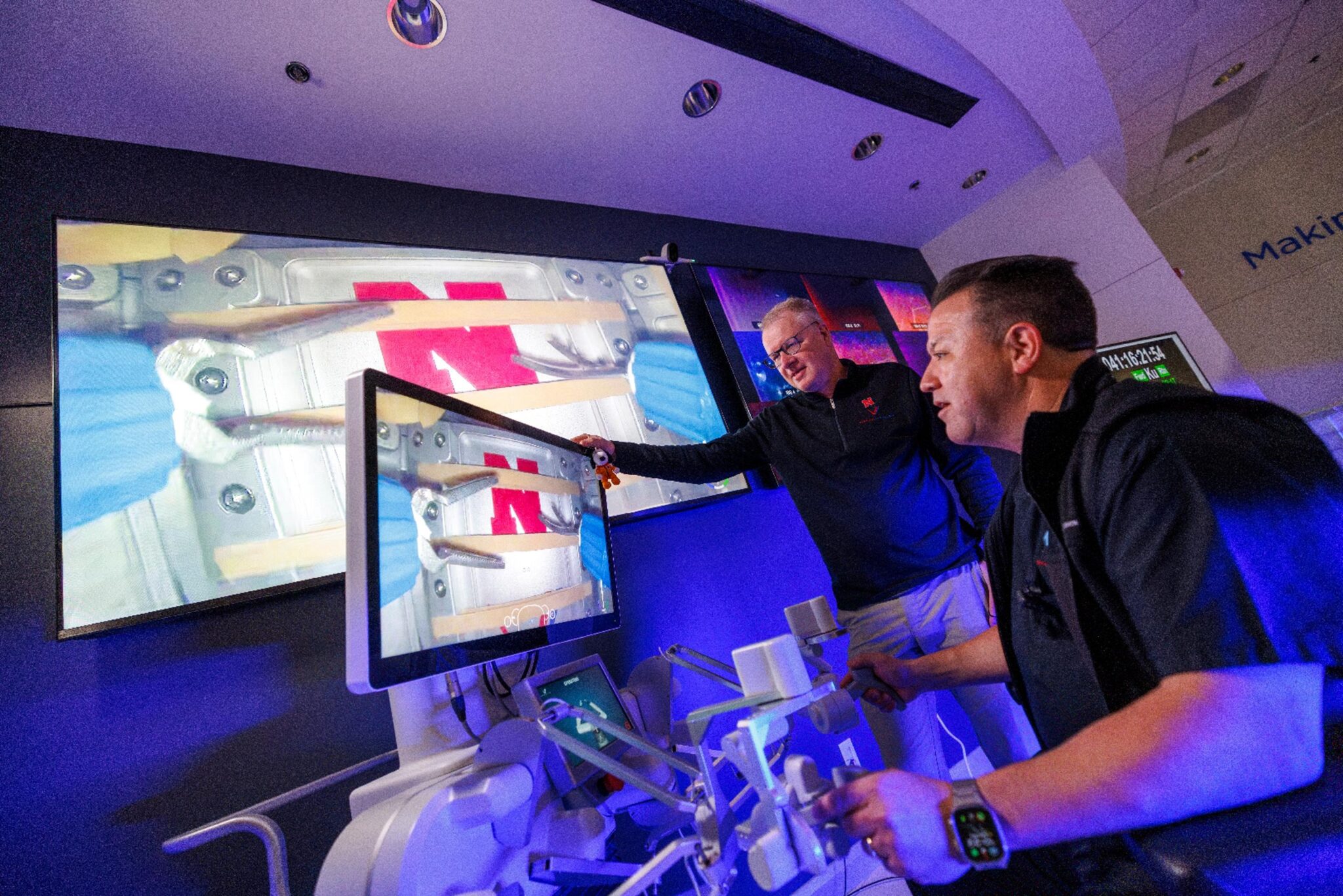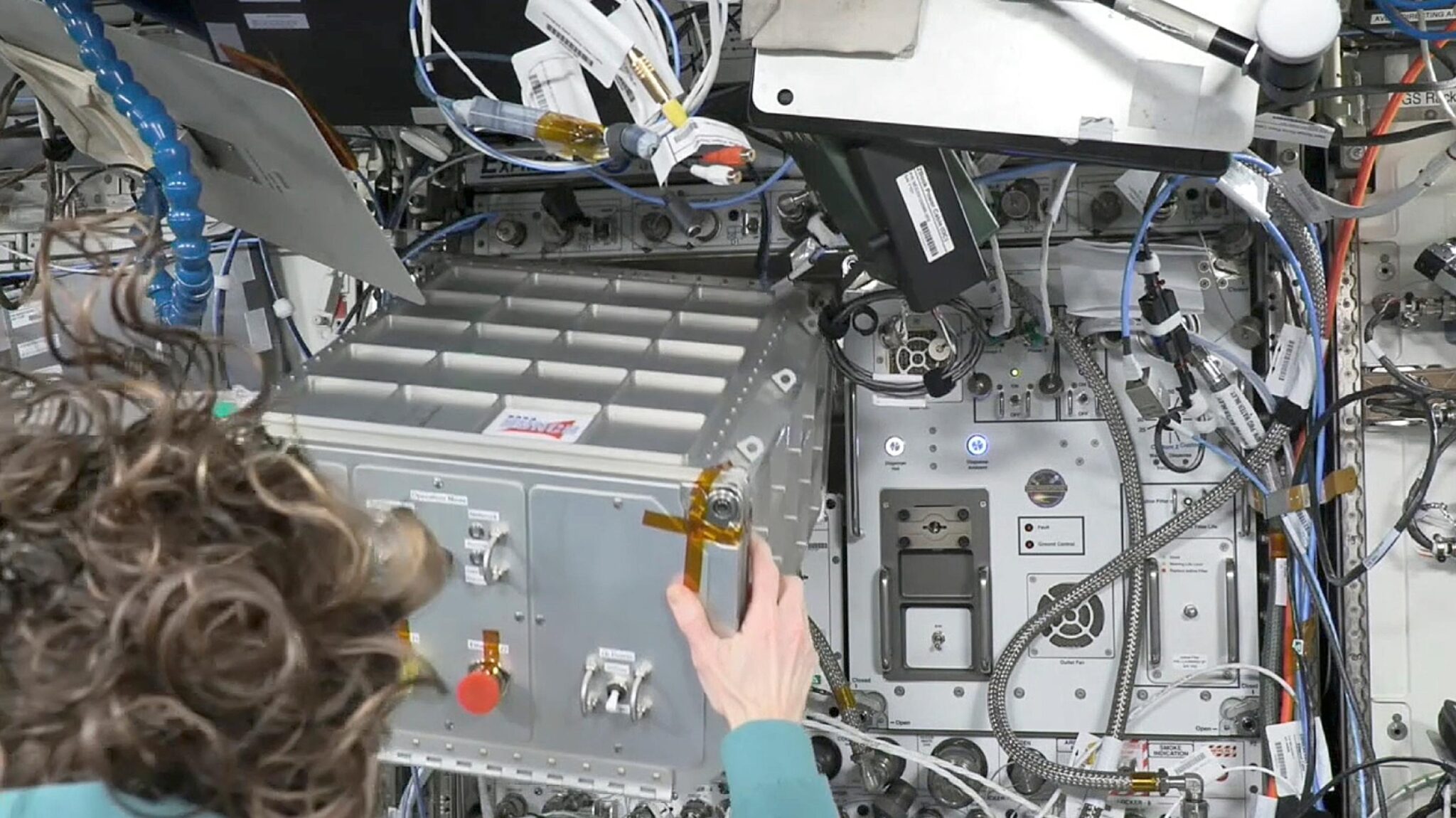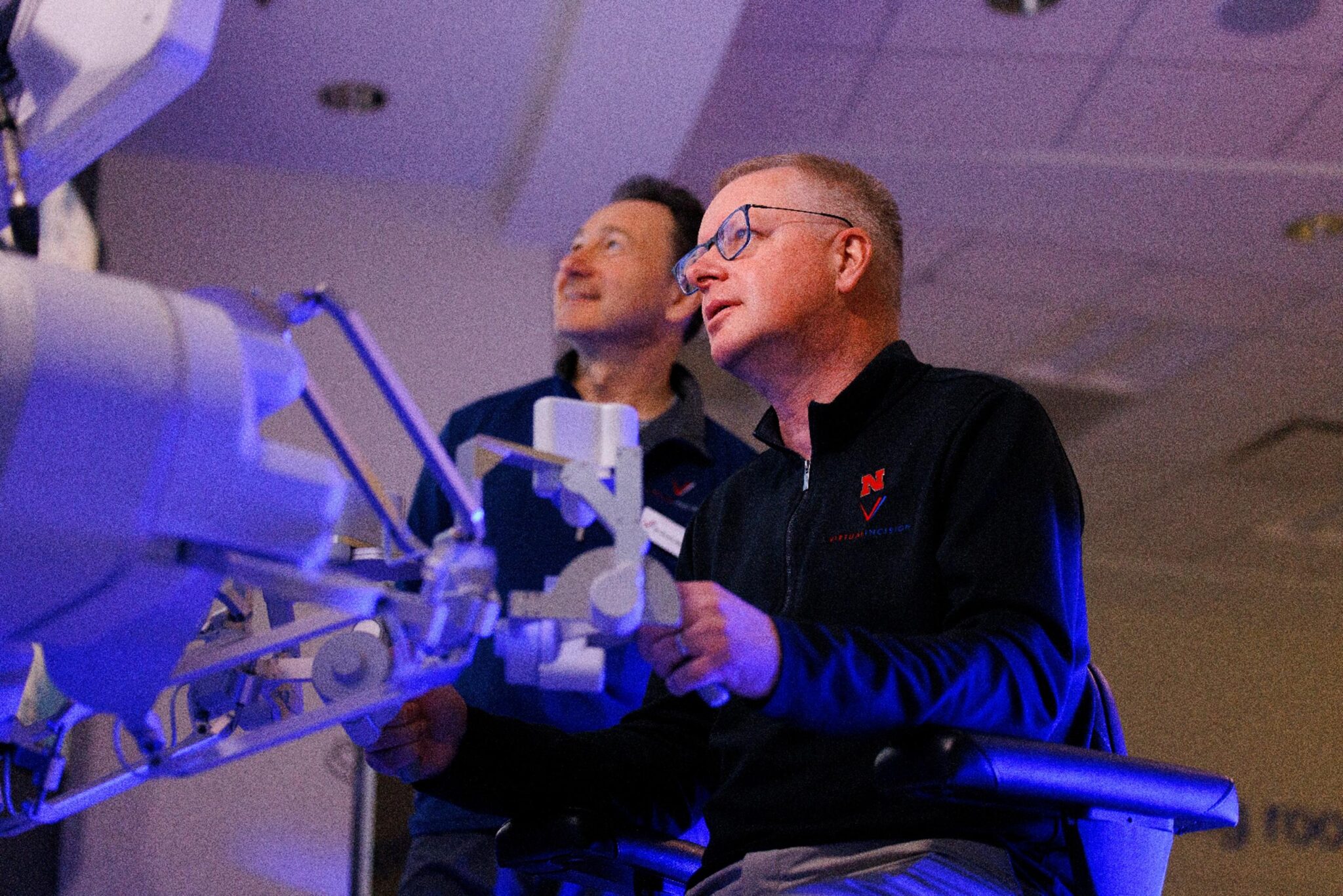Six doctors successfully conducted a simulation of a surgical operation on board the ISS using a remotely controlled robot. Special rubber bands were used as a “patient”. A successful operation is a great achievement for medicine and may be important for future missions to Mars or for surgical interventions in remote areas on Earth.

The spaceMIRA robotic surgical arm (miniaturized in vivo robotic assistant) was delivered to the International Space Station (ISS) aboard the SpaceX rocket in early 2024. The surgical arm was developed in partnership between the University of Nebraska-Lincoln (UNL) and the private company Virtual Incision. After the installation, doctors on the Earth could remotely control the arm to conduct a series of cutting and grabbing actions that aim to simulate surgery on human tissues.

The arm is 76 cm long and weighs 900 grams. It is placed in a box the size of a microwave oven, in which the testing was carried out. The embedded camera allowed surgeons to operate the arm to grab and then cut 10 different rubber bands that were substitutes for human tissue. The surgeons had to not only make the incisions very precisely, but also take care not to hit the body with a robotic arm. In case of carelessness, the hull could break, and the astronauts on board the ISS would suffer from the resulting debris.
Surgeons conducted the tests at Virtual Incision headquarters in Lincoln, Nebraska, and mission control was carried out through NASA’s Payload Control Center at the Marshall Space Flight Center in Huntsville, Alabama. The simulated operation lasted about two hours. Despite the delay factor of 0.5 to 0.75 seconds, all participants successfully completed the task. However, surgeons had to adapt to slow feedback to compensate for this delay.

The successful test not only promises the possibility of space surgery on longer missions, such as to Mars, but it can also help doctors perform operations here on Earth in remote areas that may not have access to local surgical teams.
Earlier, we reported on how vegetables grown in orbit posed a danger to the health of astronauts.
According to newatlas.com
Follow us on Twitter to get the most interesting space news in time
https://twitter.comne/ust_magazine


